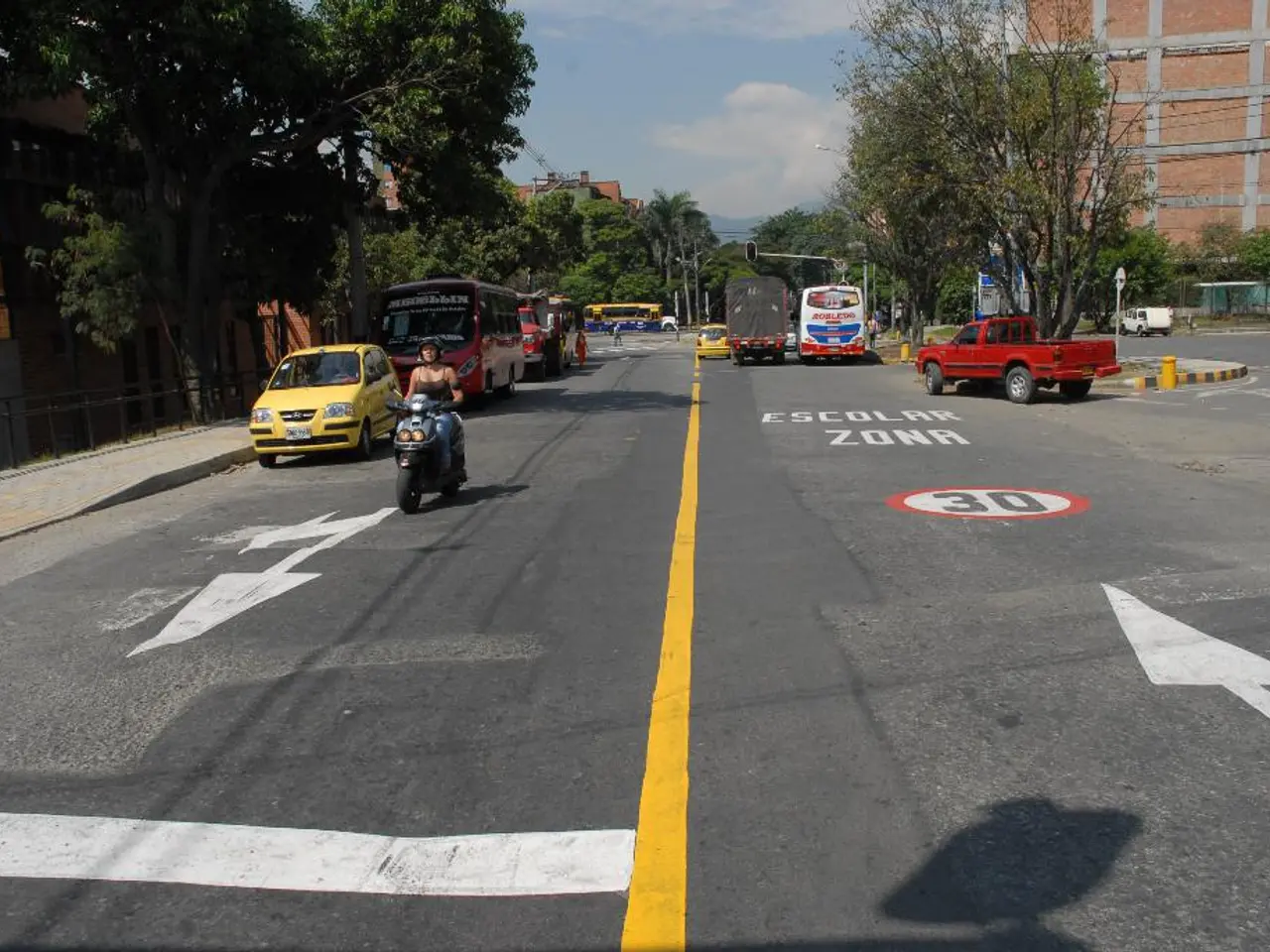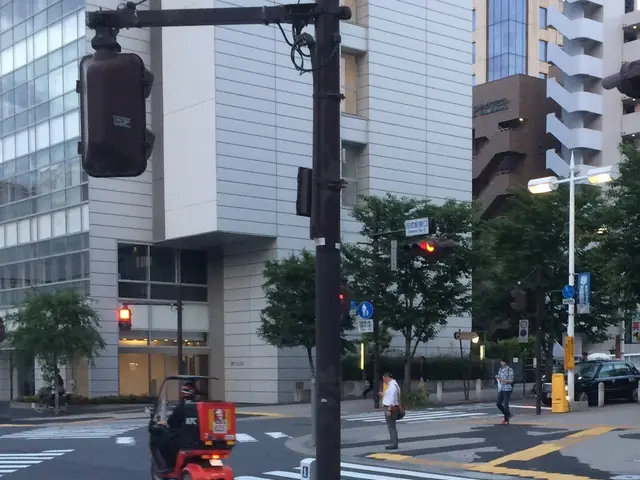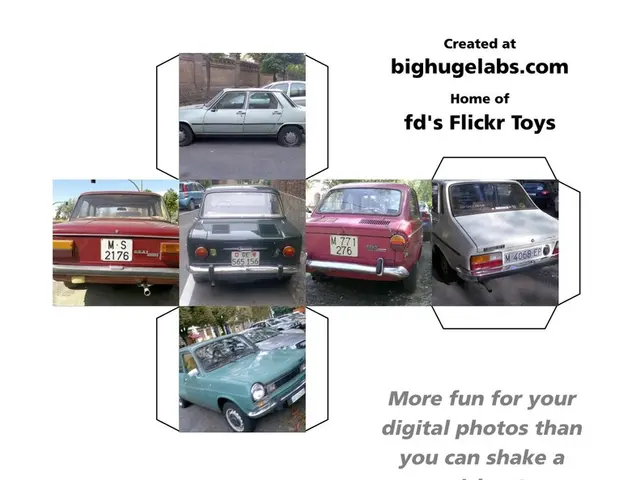Amsterdam experimenting with positive speed limit indicators instead of traditional penalty-focused signs
The Amsterdam Transport Region has launched a trial of digital road signs, aiming to make streets safer through positive reinforcement. The trial, which runs until October 9, 2025, is taking place across four locations in Amsterdam - Landsmeer, Ouderkerk aan de Amstel, Aalsmeer, and Nieuw-Vennep - and additional cities are expected to join in the coming months.
The digital road signs display a running tally of drivers who adhere to the 30 km/h speed limit, creating a visible social norm that encourages a positive herd mentality, according to Leonie Veerman, a spokeswoman for the transport authority. Research by the transport authority indicates that 30 to 40% of drivers exceed the 30 km/h speed limit in 30 zones, making this approach particularly relevant.
Leonie Veerman emphasised that the aim is to create a sense of collective responsibility rather than focusing solely on punishment. "People tend to conform to social norms," she stated. The message conveyed by the digital signs is that one's neighbours are following the rules, which could potentially discourage speeding.
After four days in operation, most digital road signs logged between 4,000 and 6,000 drivers adhering to the speed limit. Small violations of 5 to 10 km/h are often disregarded by drivers, but the visible social norm encouraged by the digital signs could help change this behaviour.
The project aims to test whether positive reinforcement can make streets safer. The evaluation at the end of the trial will determine if this approach could actually make roads safer and if expanding the scheme to more locations could help counter the perception that "everyone speeds anyway."
The local councils involved in evaluating the project after the pilot phase are typically representatives from the municipal government, community leaders, and relevant local administrative officials. The success of the trial will be a significant step towards promoting road safety and creating a culture of responsible driving in urban areas.
Read also:
- Strategic approach to eco-friendly nickel production for electric vehicles in Europe
- Week 39/24 Highlights: Tesla CEO's visit, Robo-taxi buzz, Full Self-Driving study, Affordable electric cars, and European pricing less than €30,000
- Mercedes Silently countering its Crusade against Physical Switches
- BMW asserted that the upcoming iX3 electric model could generate similar profits as its gasoline counterpart, the X3.








